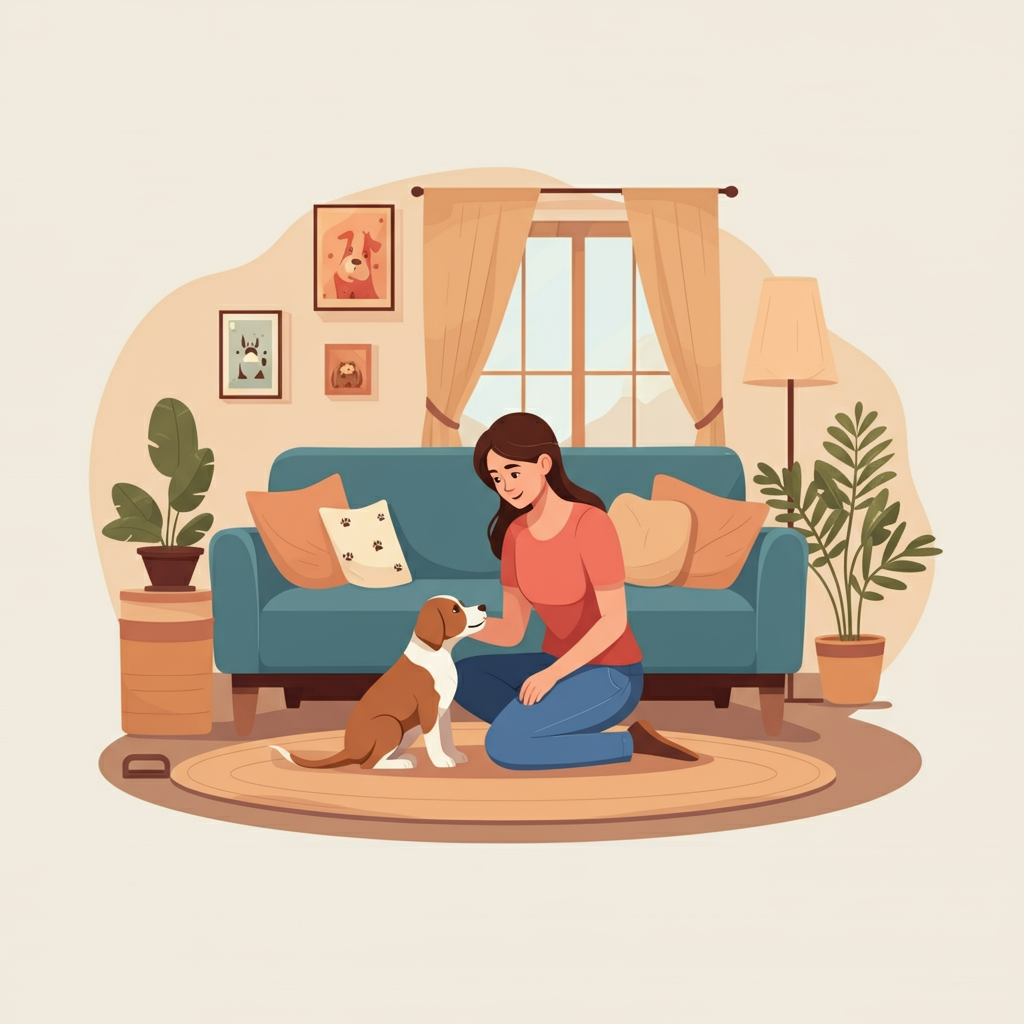Training your pet is one of the most rewarding aspects of pet ownership. The bond you build through positive, consistent training leads to a happier, healthier relationship with your furry, feathered, or scaly friend. But with so much advice out there, from books to online forums, it can be hard to know where to start.
This guide will walk you through the best ways to train your pet, covering essential techniques, actionable tips, and expert-recommended methods to ensure your pet learns effectively. Whether you’re working with a playful puppy, a stubborn cat, or a clever parrot, these tips will help you achieve success and make training an enjoyable process for both of you.
Why Is Training Your Pet Important?
Training doesn’t just teach your pet commands or tricks—it lays the foundation for a positive relationship and ensures safety. Imagine being able to call your dog back to you in an emergency, redirect your cat’s clawing away from the couch, or prevent your parrot from mimicking an inappropriate phrase at the wrong moment!
Here’s why training is crucial:
- Safety: A trained pet is less likely to engage in dangerous behaviors.
- Improved Communication: Training establishes a language between you and your pet, improving understanding and cooperation.
- Mental Stimulation: Animals thrive on learning new things, and training provides the mental exercise they need.
- Strengthening the Bond: Training sessions are a time for one-on-one interaction, building trust.
Now that we understand why training matters, here are the key steps to train your pet effectively.
Key Principles of Pet Training
Before diving into specific techniques, it’s essential to understand the foundational principles that apply to all types of pet training:
1. Positive Reinforcement
Positive reinforcement is one of the most effective training methods. It involves rewarding your pet for desired behaviors. Rewards can include:
- Treats
- Praise (verbal and physical like petting)
- Toys or playtime
For example, if your dog sits when you command “sit,” reward them immediately to reinforce the behavior.
2. Consistency Is Key
Pets thrive on routine and consistency. Use the same commands, tone of voice, and gestures every time you ask for a behavior. This helps your pet understand and remember what is expected.
3. Short, Engaging Sessions
Pets have short attention spans, so keep training sessions brief—5 to 10 minutes is usually enough. Always end on a positive note to keep your pet motivated for the next session.
4. Avoid Punishment
Punishing your pet for bad behavior often leads to fear and confusion. Instead, focus on redirecting bad behavior to something positive. For instance, if your cat scratches furniture, redirect them to a scratching post and reward them when they use it.
5. Understand Your Pet’s Personality
Every pet is different. Their breed, species, and individual personality will affect how they respond to training. For example:
- Dogs like Golden Retrievers are eager to please, making them relatively easy to train.
- Cats are independent and may require more patience.
- Birds like parrots are highly intelligent and require mental stimulation to stay engaged in training.
Patience and adaptability are crucial when working with your pet’s unique traits.
Step-by-Step Guide to Training Your Pet
Here’s a step-by-step plan to train your pet effectively:
Step 1: Start With House Rules
Decide which behaviors you want to encourage and which are off-limits. Are they allowed on furniture? Where can they sleep? Having clear rules from day one helps avoid confusion.
Step 2: Basic Commands
Basic commands like “sit,” “stay,” and “come” are useful for safety and day-to-day interactions. Start with:
- Sit: Hold a treat above their nose and move it back, so they naturally sit to follow it. Reward immediately.
- Stay: Ask your pet to sit, then hold your hand out like a stop sign. Take one step back. If they hold their position, reward them.
- Come: Call their name excitedly and reward them when they approach.
Step 3: Potty Training
For dogs, take them outside regularly and reward them immediately when they go in the right place. For cats, ensure the litter box is accessible and clean.
Step 4: Behavioral Training
Address specific behaviors like chewing, barking, or scratching:
- Redirect bad behaviors. For example, give your dog a chew toy if they start nibbling on furniture.
- Reward calm, desirable behaviors—like quietness during mealtime.
Step 5: Socialization
Expose your pet to various environments, people, and other pets to reduce fear and build confidence. Start slowly, keeping interactions positive.
Step 6: Advanced Skills or Tricks
Once your pet masters the basics, teach fun tricks like “roll over” or “high five.” This keeps their mind stimulated and strengthens your bond further.
Specialized Training Tips for Different Pets
Training Dogs
Dogs respond exceptionally well to training due to their pack mentality and eagerness to please. Leverage their natural instincts with:
- Obedience classes
- Leash training
- Off-leash recall practice
Training Cats
Cats can be trained too! Use clicker training to encourage behaviors like:
- Coming when called
- Using a scratching post
- High-fiving
Training Birds
For parrots or other birds:
- Teach them to step onto your hand using positive reinforcement.
- Prevent undesirable mimicking by managing the words they frequently hear.
Training Small Pets
Even rabbits or guinea pigs can learn commands like “spin” or “come.” Use tiny, safe treats and practice on a flat surface.
Frequently Asked Questions (FAQs)
How long does it take to train a pet?
It depends on the pet’s species, breed, and personality, as well as the complexity of the training. Some behaviors can be taught in days, while others take weeks or months.
What if my pet doesn’t respond to training?
Be patient and consistent. If issues persist, consider consulting a professional trainer or veterinarian to rule out underlying issues.
Can older pets be trained?
Absolutely! While older pets may take longer to learn, with patience and positive reinforcement, they can master new commands.
Should I hire a professional trainer?
If you’re dealing with specific challenges like aggression or fear, a professional trainer can provide tailored assistance.
Build Your Bond Through Training
Training your pet is more than just teaching behaviors—it’s an opportunity to understand them better, foster trust, and build a strong, lasting bond. By following the principles and steps outlined in this guide, you’ll set both you and your pet up for success.

